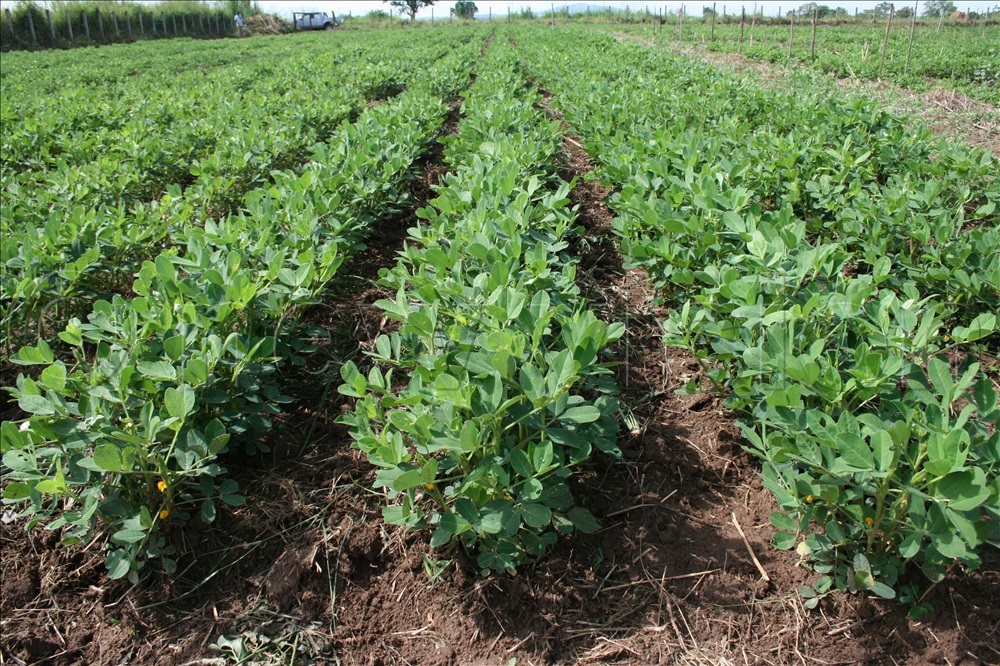By Umar Nsubuga
Groundnuts (Arachis hypogea) or binyebwa is a drought-resistant crop. It is a source of protein and oil, commonly enjoyed among the Baganda and Acholi.
In Gulu, the groundnut paste mixed with simsim is a special delicacy. Peanut butter, a product from groundnut is a popular bread spread in many countries.
Henry Sekyewa, an agronomist says groundnuts require a warm climate and they grow best at altitudes below 1500mm.
Sekyewa advises farmers to avoid the spread of pests and diseases, adding that groundnuts should not be grown continuously on the same land.
“A rotation of three years or longer can usually reduce diseases, pests and weed problems,” he says.

At growing time, he says groundnuts require good rains but require dry conditions at maturity, especially at harvest.
The soils should be fertile preferably sandy loams. This is necessary for proper growth and pegging of the nuts. Groundnuts are of two varieties, bunch and runner.
All soils, other than heavy ones, are suitable for growing groundnuts. However, the best are deep, well-drained sandy, sandy loam or loamy sand soils.
Groundnuts require adequate levels of phosphorus, potassium, magnesium and particularly calcium, which are required for maximising yield and good quality seed.
Groundnuts are planted between February 15 and April 15 during the first season and in early August for the second season.





